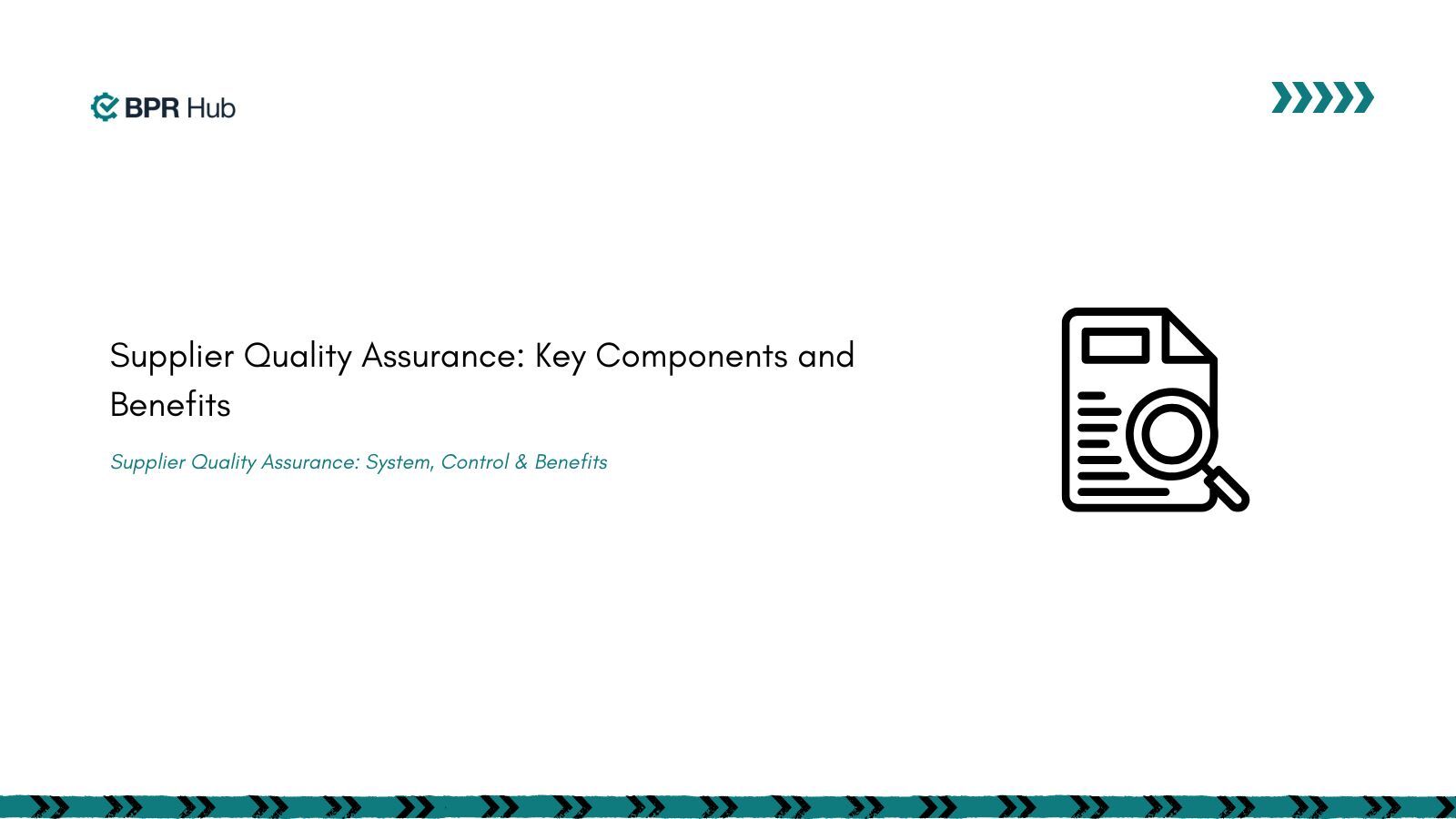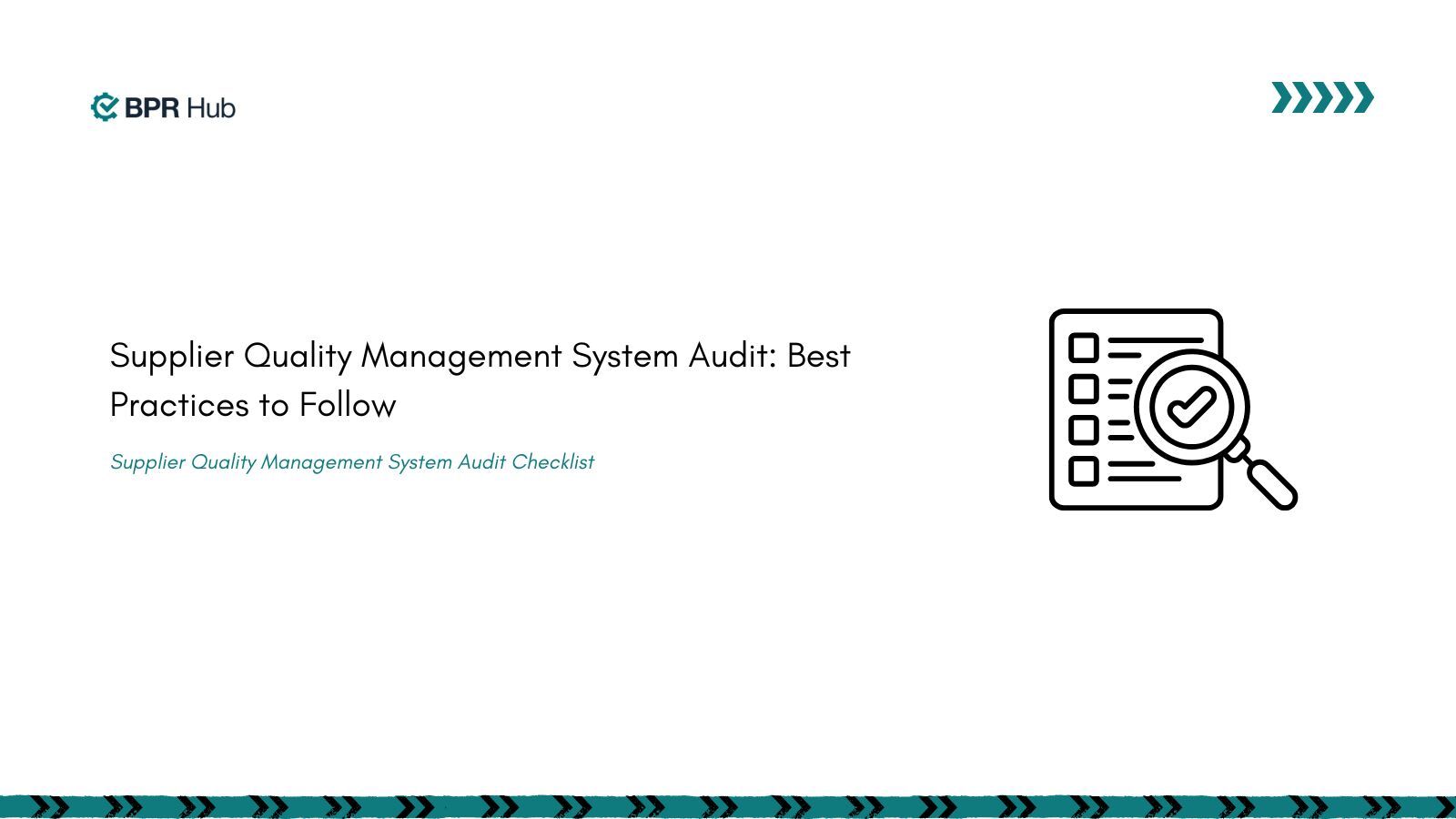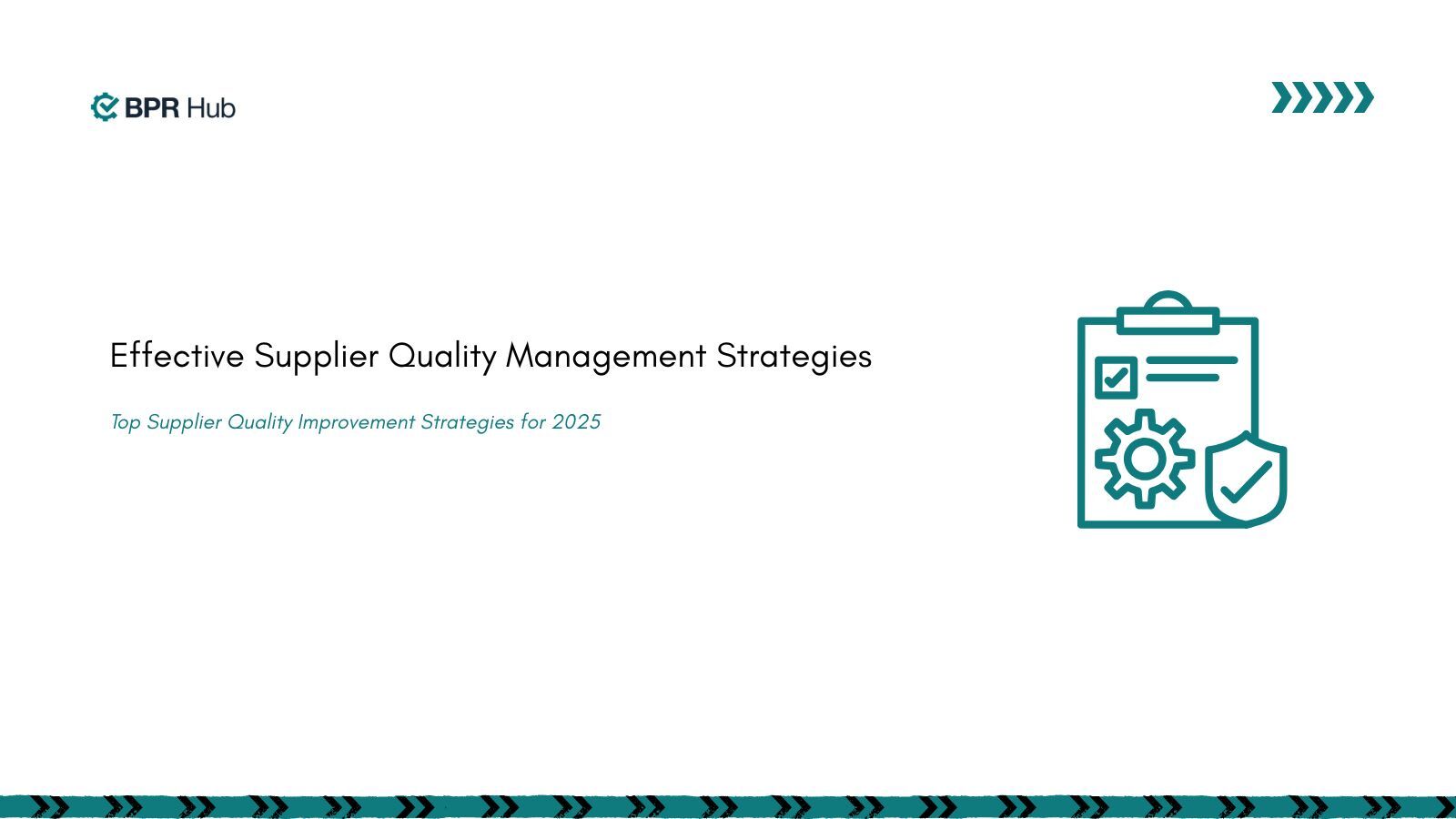Since you are working hard to create the best-quality medical device, you must make patient safety the top priority. Because if a faulty medical device passes the pre-clinical trial, you are putting everything and everyone related to the medical service in jeopardy. It will also ruin your business value in the market.
That’s exactly where regulatory controls work best for you. Regulatory control makes sure medical devices are aligned with top-notch quality and adhere to the regulatory requirements for clinical research.
You don’t need to spend a hefty amount of time and money to introduce regulatory control. However, you must have high ethical values to run your manufacturing company in the future. But where do you begin? In this blog, you will learn about all the basics of regulatory controls. Basics include importance, key elements, and how regulatory controls compliance can be applied to your business to the best compliance tools available in the market. By now, you understand that regulatory compliance is important.
Now, let’s figure out their importance from the point of view of your business.
Importance of Regulatory Controls Compliance in Medical Devices
Do you know that 47% of leaders consider compliance with regulations a top concern? Since regulatory bodies like the Food and Drug Administration (FDA) and European Medicines Agency (EMA) focus on safety to mitigate risk for the bulk production of medical devices, so should you.
To understand it better, explore the importance of regulatory controls in medical devices:
- Protects Patient Safety: Compliance ensures your devices meet strict safety standards. This reduces the risk of adverse events and protects end-users.
- Builds Market Trust: Adhering to regulatory requirements demonstrates your commitment to quality. It helps you gain the trust of healthcare providers and patients.
- Avoids Legal and Financial Risks: Non-compliance can result in costly penalties, recalls, or even bans. Regulatory controls protect you from these challenges.
- Speeds Up Market Approvals: Following compliance guidelines speeds up the approval process. It allows you to launch products faster and more efficiently.
Now that you know why regulatory controls matter, let’s explore how to create a regulatory compliance strategy for medical devices within your organization.
Key Components of Regulatory Controls Compliance
Compliance with regulatory controls requires a well-rounded approach, addressing key areas that ensure safety, quality, and market readiness for your medical devices. Here’s a closer look at the critical components you must focus on.
1. Leadership in Regulatory Compliance
Leadership is the backbone of successful compliance efforts. It involves:
- Vision and Direction: Leaders set the tone by defining compliance goals aligned with global standards.
- Empowering Teams: Encourage ethical practices and equip teams with the resources they need to meet regulatory demands.
- Driving Accountability: Leadership ensures that compliance is not just a department's task but an organization-wide priority.
By embedding compliance into your company’s culture, you establish a proactive approach that mitigates risks from the top down.
2. Conducting Gap Analysis
A gap analysis evaluates your processes, identifying areas where your organization falls short of regulatory standards. It can be broken into three key types:
- Technical Gap Analysis:
This focuses on reviewing device designs and manufacturing workflows. It verifies if your product meets technical specifications such as durability, precision, and functionality as defined by regulatory authorities. - Regulatory Gap Analysis:
This analysis identifies discrepancies in how your processes align with regulatory expectations. It helps ensure that your documentation, testing methods, and reporting structures comply with standards like those of the FDA, MDR, or ISO. - Clinical Gap Analysis:
Clinical gaps involve missing or incomplete data about a device's safety and efficacy. This analysis ensures that sufficient evidence supports the claims made about your device's benefits and performance.
These analyses highlight deficiencies and offer actionable insights to close gaps effectively. In this way, you can save time and avoid costly compliance delays.
3. Resources for Compliance
Achieving and maintaining compliance is resource-intensive. To meet regulatory demands, you’ll need:
- Financial Resources:
Budget allocations for audits, documentation, and required upgrades in your production or testing facilities. - Professional Resources:
Experienced regulatory professionals who understand compliance requirements across different geographies and industries. - Technical Resources:
Systems, software, and platforms to automate compliance tracking, reporting, and monitoring.
If you’re struggling to manage resources efficiently, BPR Hub is here to help. Their tools and expertise make compliance more accessible by offering solutions to address your financial, professional, and technical needs.
4. Regulatory Compliance Strategy for Medical Devices
Developing a comprehensive strategy is critical to ensuring compliance success. This involves multiple steps, each building towards a seamless integration of regulatory standards into your processes:
5. Device Classification
Determining your device's classification is the first and most critical step in regulatory compliance. Medical devices are classified based on their intended use, risk level, and complexity. For instance:
- Class I: Low-risk devices like bandages or tongue depressors.
- Class II: Medium-risk devices such as blood pressure monitors.
- Class III: High-risk devices like pacemakers or implants.
Each classification dictates the regulatory pathway, from pre-market submissions to testing requirements. For example, Class III devices demand more rigorous testing and approval processes due to their direct impact on patient health. By identifying your device’s classification, you align with appropriate regulatory controls for market entry.
6. Identify Legal Requirements
Understanding legal requirements is essential for navigating global compliance. Each region has specific regulatory bodies and standards. For example:
- In the United States, the FDA mandates pre-market approval, device registration, and post-market surveillance.
- In Europe, the MDR 2017/745 outlines detailed safety and performance regulations, requiring CE marking for market access.
Global compliance also involves adhering to global standards like ISO 13485 and ISO 14971. Researching these laws ensures your device meets country-specific regulatory controls, avoiding delays or rejections during approval.
7. General Safety and Performance Requirements (GSPR) and Risk Management
Annex I of the MDR 2017/745 outlines the General Safety and Performance Requirements (GSPR), serving as a benchmark for device safety. Also, the ISO 14971 standard provides a globally recognized framework for this process. Compliance with GSPR ensures that your product:
- Is safe for its intended purpose.
- Is biocompatible, posing no harm to the human body.
- Meets usability standards, ensuring patient safety during operation.
- Implement control measures to mitigate risks effectively.
These requirements cover the entire device lifecycle, from design to post-market monitoring. A WHO survey noted that 58% of member states enforce medical device regulations, emphasizing the importance of addressing safety universally. Fulfilling GSPR aligns your device with global standards and boosts market confidence.
8. Pre-Clinical Testing and Quality Management Systems (QMS)
A robust QMS, following ISO 13485, ensures consistent quality, laying a foundation for reliable pre-clinical testing and minimizing risks of defects. These tests evaluate:
- Mechanical Integrity: Ensuring the device can withstand operational stresses.
- Material Safety: Verifying biocompatibility to prevent adverse reactions.
- Functional Performance: Demonstrating that the device fulfills its intended use.
For high-risk devices, these tests are critical to gaining regulatory approval. By addressing all pre-clinical concerns, you establish a solid foundation for subsequent trials. A QMS ensures consistency in manufacturing, minimizing the risk of defects or non-compliance. It also enhances transparency during regulatory audits, helping you demonstrate adherence to regulatory controls.
9. Certification and Market Access
Securing certifications like FDA approval or CE marking is the final step in regulatory compliance. These certifications validate your adherence to safety and performance standards. The process involves:
- Submitting detailed documentation of testing, risk management, and QMS adherence.
- Undergoing audits by regulatory bodies to verify compliance.
- Gaining the right to market your device in specific regions.
By addressing these requirements thoroughly, you can align your medical device with stringent regulatory controls, paving the way for a successful market launch. Now, let’s explore the challenges you might face in this compliance journey and how to overcome them.
Challenges in Regulatory Compliance for Medical Devices
Compliance with regulatory controls is not without its hurdles. From addressing corrective actions to managing consistent quality, here are five key challenges that can complicate your compliance journey:
1. CAPA Issues
Corrective and Preventive Actions (CAPA) are essential for identifying and resolving compliance issues. However, many organizations face challenges in implementing CAPA effectively. Common problems include:
- Delays in identifying root causes of non-conformities.
- Inefficient follow-up procedures that leave corrective actions incomplete.
- Inconsistent tracking systems that fail to provide clear progress updates.
Such gaps in CAPA management can lead to unresolved compliance issues, creating risks for regulatory violations and patient safety.
2. Errors in Complaint Procedures
Managing complaints is a regulatory requirement, but errors in complaint handling can jeopardize compliance. Challenges often include:
- Failing to log all customer complaints accurately.
- Delays in investigating potential issues raised by users.
- Poor documentation of complaint resolutions makes audit readiness difficult.
These errors not only hinder compliance but also risk overlooking critical safety concerns that could escalate into significant regulatory setbacks.
3. Faulty Document Control
Document control is a foundational aspect of regulatory compliance, yet it remains a common pain point. Challenges include:
- Disorganized storage systems that make retrieving specific documents difficult.
- Outdated records that no longer meet current regulatory standards.
- Fails to adhere to the ISO and FDA regulations.
Without efficient document control, proving compliance during audits becomes nearly impossible.
If your organization struggles with document control, BPR Hub’s Document Hub can help you out. It provides an advanced document management system so that your business can integrate with different compliance and regulations.
4. Process Validation Hiccups
Process validation creates a consistent manufacturing process that is able to generate high-quality results. However, common challenges include:
- Inadequate external and internal audits.
- Inadequate testing procedures that fail to meet regulatory requirements.
- Lack of clear documentation to support validation results.
These hiccups can delay regulatory approval and increase the overall cost of compliance.
5. Inconsistent Quality Control
Consistency in quality is a cornerstone of regulatory compliance. However, achieving uniformity across batches often poses challenges like:
- Variability in raw materials due to supply chain issues.
- Human errors in production processes.
- Outdated quality management systems that fail to identify recurring defects.
Such inconsistencies not only compromise compliance but can also erode patient trust and market reputation.
Overcoming these challenges requires the right platforms and strategies. In the next section, we’ll explore solutions designed to address each of these hurdles effectively.
Cloud-Based Platforms for Regulatory Compliance Challenges
Cloud-based platforms simplify regulatory compliance by providing centralized solutions for document control, quality management, and risk analysis. Below are three leading platforms and how they can address your challenges.
1. BPR Hub
Advantages
- Comprehensive Compliance Solutions: BPR Hub offers customized services for medical device companies, focusing on risk management, real-time insights, and audit preparation.
- Expert Guidance: Provides access to professionals with deep regulatory knowledge to assist in navigating compliance challenges.
Disadvantages
- Service-Based Model: As a service provider rather than a software tool, BPR Hub may not offer the same level of automation as dedicated compliance software.
- Potential Higher Costs: Customized services can be more expensive compared to standardized software solutions.
Pricing
BPR Hub offers pricing based on the specific services and support required. Organizations should contact BPR Hub directly for a personalized quote.
2. MasterControl
Advantages
- Comprehensive Quality Management System (QMS): Designed for regulated industries, including medical devices, offering modules for document control, CAPA, and process validation.
- Automation Capabilities: Automates various compliance processes, reducing manual effort and minimizing errors.
- Scalability: Suitable for organizations of various sizes, with the ability to scale as the company grows.
Disadvantages
- Complex Implementation: The system can be complex to implement, requiring significant time and resources.
- Steep Learning Curve: Users may need extensive training to utilize all features effectively.
- Higher Cost: The comprehensive nature of the system comes with a higher price point, which may be prohibitive for smaller organizations.
Pricing
Starting at $25,000 per year: Pricing varies based on the modules selected and the size of the organization.
3. Arena QMS
Advantages
- Cloud-Based Platform: Offers integrated Product Lifecycle Management (PLM) and Quality Management in a single platform, facilitating collaboration.
- Real-Time Data Access: Enables teams to access up-to-date information, improving decision-making processes.
- Compliance Support: Assists in meeting various industry standards, including ISO 13485 and FDA requirements.
Disadvantages
- Integration Challenges: May present difficulties when integrating with existing systems.
- User Interface Concerns: Some users report that the interface is less intuitive, potentially requiring additional training.
- Limited Customization: Offers fewer customization options compared to other platforms.
Pricing
Pricing is not publicly disclosed; interested parties should contact Arena QMS directly for detailed pricing information.
BPR Hub: Your Trusted Compliance Partner
While tools like MasterControl and Arena QMS address specific aspects of regulatory compliance, BPR Hub offers a comprehensive, service-based solution tailored specifically for medical device companies. What sets BPR Hub apart is its expert support. Their team of professionals, equipped with deep regulatory knowledge, provides personalized guidance throughout your compliance journey.
Whether you’re tackling complex documentation or adhering to global regulatory standards, BPR Hub helps you remain compliant without compromising innovation. Ready to simplify compliance? Log in with BPR Hub Today to focus on driving growth while staying ahead in regulatory readiness.
Frequently Asked Questions
1. What are the key regulatory controls for medical devices?
Regulatory controls for medical devices include a series of guidelines and standards that ensure product safety, efficacy, and quality throughout its lifecycle. These controls typically involve compliance with national and international regulations, including FDA regulations in the U.S., European Union MDR (Medical Device Regulation), and ISO standards like ISO 13485 for quality management systems.
2. How do regulatory controls impact medical device manufacturers?
Regulatory controls significantly impact medical device manufacturers by shaping the processes for product development, testing, approval, and post-market surveillance. Compliance ensures that devices meet safety and performance requirements, reducing the risk of product recalls and liability while also improving market access and patient trust.
3. What is the role of risk management in regulatory compliance for medical devices?
Risk management plays a central role in regulatory compliance by identifying, evaluating, and mitigating risks associated with medical devices. Regulatory authorities like the FDA require manufacturers to conduct thorough risk assessments to minimize potential hazards to patients, ensuring that devices are safe and effective before reaching the market.
4. What are the most common challenges in maintaining regulatory compliance for medical devices?
Some common challenges include staying updated with changing regulations, managing complex documentation requirements, ensuring quality control during manufacturing, and handling the lengthy approval processes for high-risk devices. Manufacturers must also maintain compliance in post-market surveillance and address any issues that arise after a product is on the market.
5. How can technology improve regulatory compliance in the medical device industry?
Advanced technologies like AI, machine learning, and automated compliance management systems can significantly improve regulatory compliance in the medical device industry. These tools help streamline processes such as documentation, risk management, and post-market surveillance, making it easier for companies to adhere to regulations while minimizing human error.
Get insights that help you minimize risks and maximize profits.
Dive deeper into manufacturing compliance with our free resources.
We get it, compliance can get tough.
Here are some additional resources to help.
We get it, compliance can get tough. Here are some additional resources to help.
Get updates in your inbox

.svg)
%20(1).svg)





%20(1).svg)

.avif)

